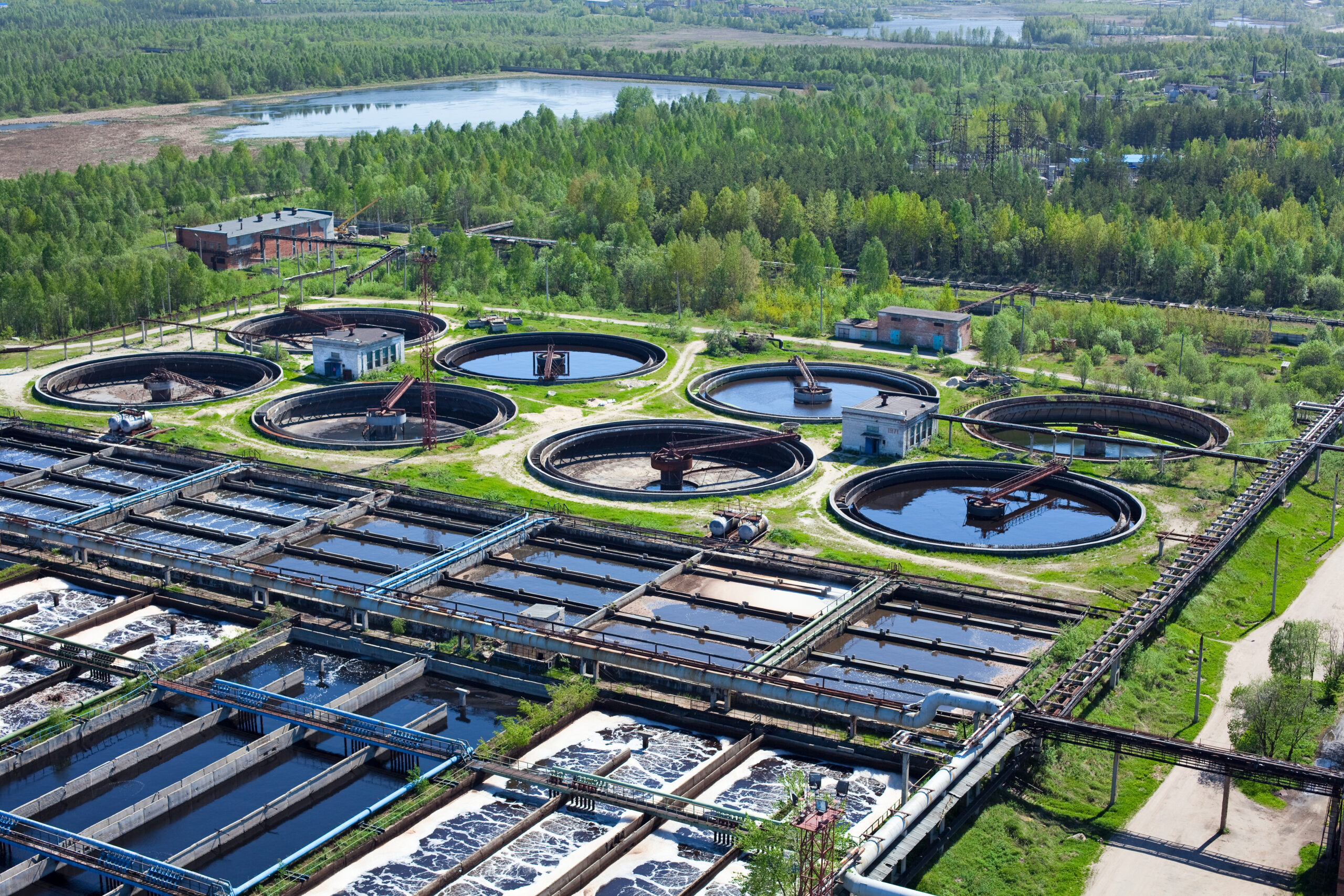
USEPA Updates PFAS Policies
April 6, 2021
By: Rick Shoyer
The United States Environmental Protection Agency (USEPA) has made some changes to its Per- and Polyfluoroalkyl substances (PFAS) policies.
Background
USEPA, in conjunction with established Acts, have increased grant funding that could apply to addressing PFAS issues. USEPA announced it was taking steps to evaluate if industrial sources warranted regulation to address PFAS discharges in February 2019. Since then, the USEPA has evaluated the available wastewater discharge data from PFAS manufacturing facilities. The USEPA realized that more data was needed to determine if additional policies are needed.
Summary of Changes
A summary of the USEPA’s PFAS policy changes are listed below:
- On March 10, 2021, USEPA re-signed the Advance Notice of Proposed Rulemaking for PFAS Manufacturers and Formulators (ANPRM). This notice was published in the Federal Register on March 17, 2021. This Advance Notice advises of upcoming regulations that will require PFAS sampling and reporting of wastewater discharge from PFAS manufacturers. In addition to PFAS manufacturers, any facility that uses PFAS to create its products must also sample for PFAS and report findings to the USEPA. The comment period on this Advanced Notice will close on May 16, 2021.
- The Fifth Unregulated Contaminant Mentoring Rule (UCMR-5 requires sampling and reporting of 29 PFAS, including GenX between 2023 and 2025. Comments on the proposed UCMR-5 are open until May 10.
- The State Revolving Funds (SRFs) will help states, tribes, and territories address infrastructure projects to provide safe drinking water and protect surface waters has been expanded to $2.7 billion. There is $1.1 billion for new grant funding for the Drinking Water SRF (DWSRF), which can be used for loans that help drinking water systems to install treatment for emerging contaminants, like PFAS, in addition to removing lead service lines, enhance cybersecurity, and upgrade systems for climate driven disasters (e.g., floods). The DWSRF has more than $51 million in grant funding for drinking water system upgrades.
- The Clean Water SRF (CWSRF) will provide $1.6 billion in new federal grant funding to modernize aging wastewater infrastructure, such as upgrades to handle emerging contaminants, like PFAS. In addition to addressing infrastructure upgrades, the CWSRF can also be used for stormwater improvements and implement water reuse and recycling.
- Through the America’s Water Infrastructure Act of 2018, USEPA is accepting applications for $12 million in funding for technical assistance and training for wastewater utility systems and on-site septic systems. This funding will help wastewater utilities meet the challenges of complying with state and federal regulations. Montrose could provide PFAS training and could help you apply for this funding. Applications are due to USEPA by May 17, 2021 and awards should be announced in the summer of 2021.
- The State Revolving Funds (SRFs) to help states, tribes, and territories address infrastructure projects to provide safe drinking water and protect surface waters has been expanded to $2.7 billion. There is $1.1 billion for new grant funding for the Drinking Water SRF (DWSRF), which can be used for loans that help drinking water systems to install treatment for emerging contaminants, like PFAS, in addition to removing lead service lines, enhance cybersecurity, and upgrade systems for climate driven disasters (e.g., floods). The DWSRF has more than $51 million in grant funding for drinking water system upgrades.
- The Clean Water SRF (CWSRF) will provide $1.6 billion in new federal grant funding to modernize aging wastewater infrastructure, such as upgrades to handle emerging contaminants, like PFAS. In addition to addressing infrastructure upgrades, the CWSRF can also be used for stormwater improvements and implement water reuse and recycling.
- Through the America’s Water Infrastructure Act of 2018, USEPA is accepting applications for $12 million in funding for technical assistance and training for wastewater utility systems and on-site septic systems. This funding will help wastewater utilities meet the challenges of complying with state and federal regulations. Montrose could provide PFAS training and could help you apply for this funding. Applications are due to USEPA by May 17, 2021 and awards should be announced in the summer of 2021.
Implications
Manufacturers and formulators across the nation will have to plan for more PFAS sampling and reporting, as per the ANPRM and other regulations. It is likely that additional PFAS chains to be added to future sampling and reporting requirements and manufacturers and formulators should start planning for this scenario.
Wastewater utilities nationwide will have (additional) PFAS sampling and reporting requirements. This may be a burden on smaller utilities, but there are grant monies available to help with upgrades and training.
For More Information
Need help determining if your sites have PFAS contamination and how it may impact your business? Are you a wastewater utility that needs to conduct testing and reporting, needs to upgrade its infrastructure, or needs training on how to deal with PFAS? Want to consult with our experts for investigation, testing, analyses, upgrades, training, compliance, and recommendations? Our team can help, click here to start a conversation.
 Rick Shoyer, LSRP
Rick Shoyer, LSRP
Frederick (Rick) J. Shoyer, III, is a member of Montrose’s internal Emerging Contaminants Team and is an expert in Emerging Contaminants and has worked on multiple Per- and Polyfluoroalkyl substances (PFAS) projects in various states and on several Advanced Oxidation Processes projects. In addition, he has worked on Environmental Investigations and Remediation for Industrial, Commercial and Residential Contaminated Properties; ISRA, PADEP ACT 2, NY Stars Investigations; Remedial Design, Permitting, Installation and O&M Services; Indoor Air Quality; Vapor Assessment & Mitigation Systems; UST installation, Closures and Compliance; Ozone Applications for Disinfectant, Oxidation, Odor Control, Drinking Water and Wastewater; In-situ Remedial Technologies and Chemical Oxidation Injections; and provided Expert Witness Testimony.


